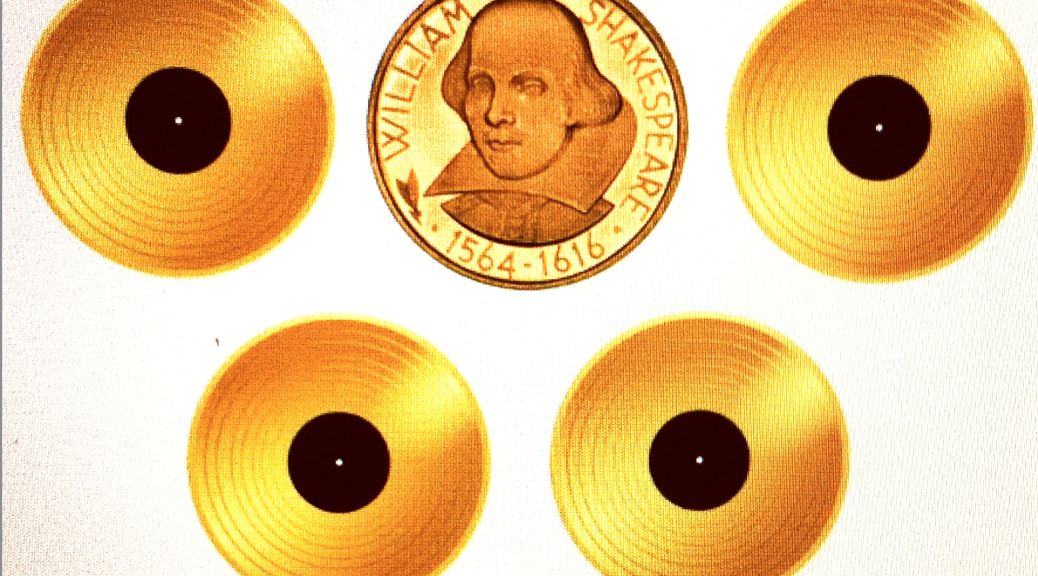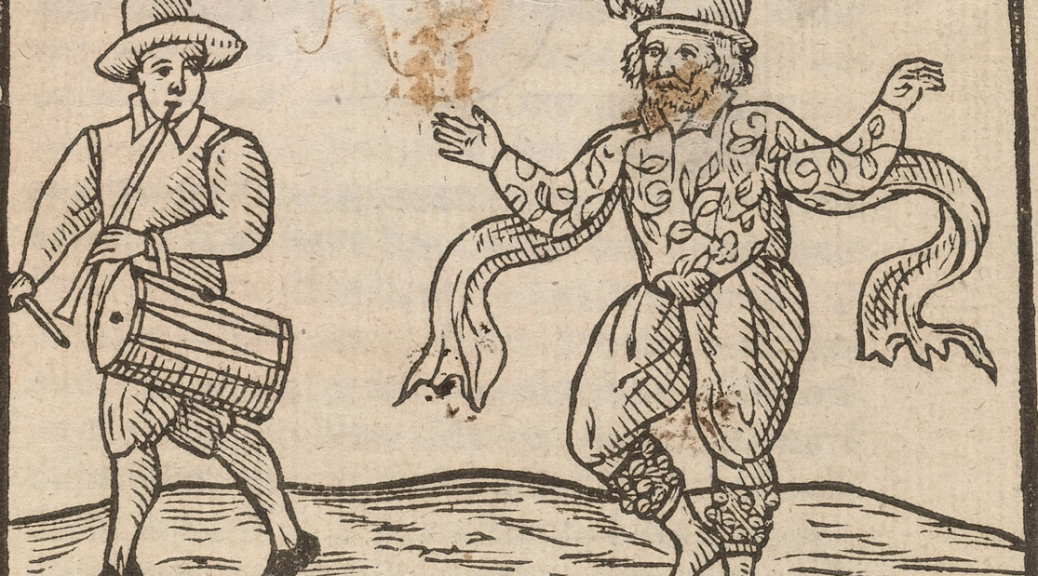How does Clare’s intertextual approach of comparing Shakespeare’s work with his contemporaries alter our perception of his reputation?
Becky Callaghan, Elli Brown, Luke Mulligan, Kelly Corcoran, Sophia Kypriotis
Clare highlights that Shakespeare worked more within a realm of playwrights as opposed to as an individual; he drew inspiration for his plays from a range of sources, including other contemporary plays.
“Romantic comedy which Shakespeare had made his own throughout the 1590s, was evidently on the wane and losing ground to the acerbic plays produced by the children’s companies. These Shakespeare could not ignore, and the Jacobean comedies that followed are experimental, darker, and anti-romantic” (143).
Clare challenges the perception of Shakepeare’s literary genius by highlighting how many of his plays were merely a response to popular demand, whether that was as a result of audiences, or what materials his contemporaries were producing. However, despite this Clare does also draw upon how Shakespeare did in fact alter his plays according to his own literary style. Drawing upon how the likes of Lyly made the genre so versatile, Shakespeare was able to adapt his plays to suit the popular genre, whilst remaining within his own stylistic preferences.
“There is nothing in Lyly’s dramaturgy to compare with the nightmarish experience of the lovers as they lose their sense of self. The desires and passions that are released in the woods through the intervention of the fairies are destabilizing, disorientating, and highly disturbing” (121).
The cross-referencing of other plays and genres in Shakespeare’s own work adds to the theatrical elements within his plays. This is evident in A Midsummer Night’s Dream as the woods are associated with something entirely different to those in Lyly’s pastoral works; Shakespeare retains some sort of status, because he used the woods to symbolise something unique.
“Lyly’s plays are set up as inoffensive comedies of love, particularly fitting to allegedly female sensibilities.” (119)
“[…] the artisans are brought into A Midsummer Night’s Dream, but without any sense of social exclusion.” (121)
Lyly’s plays are catering towards a certain audience. Shakespeare also caters to specific audiences but in a different way. We disagree with Clare’s statement that it was done ‘without any sense of social exclusion’, because it appears Shakespeare is sustaining social hierarchies which would have been popular with the courtly audiences which he was appealing to.



